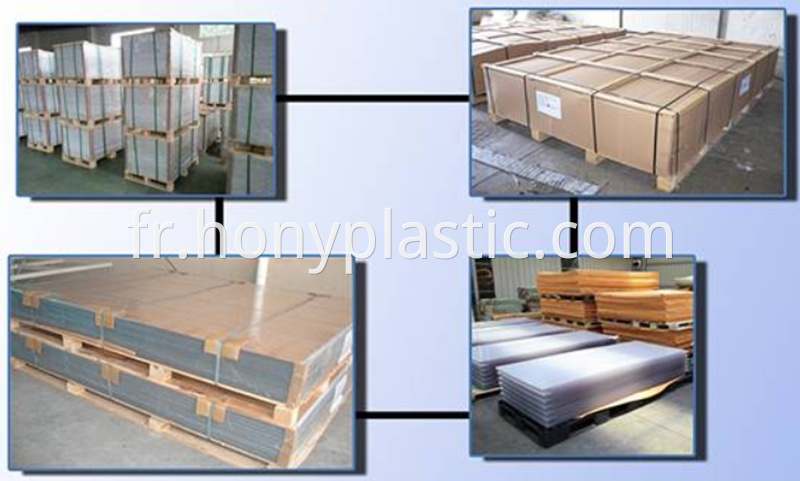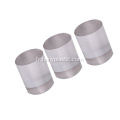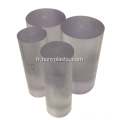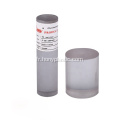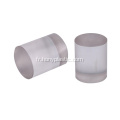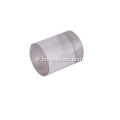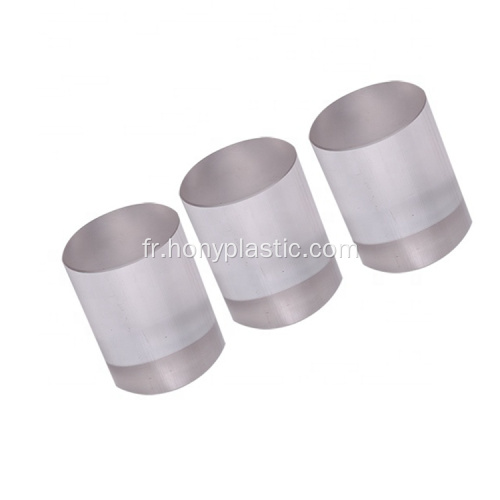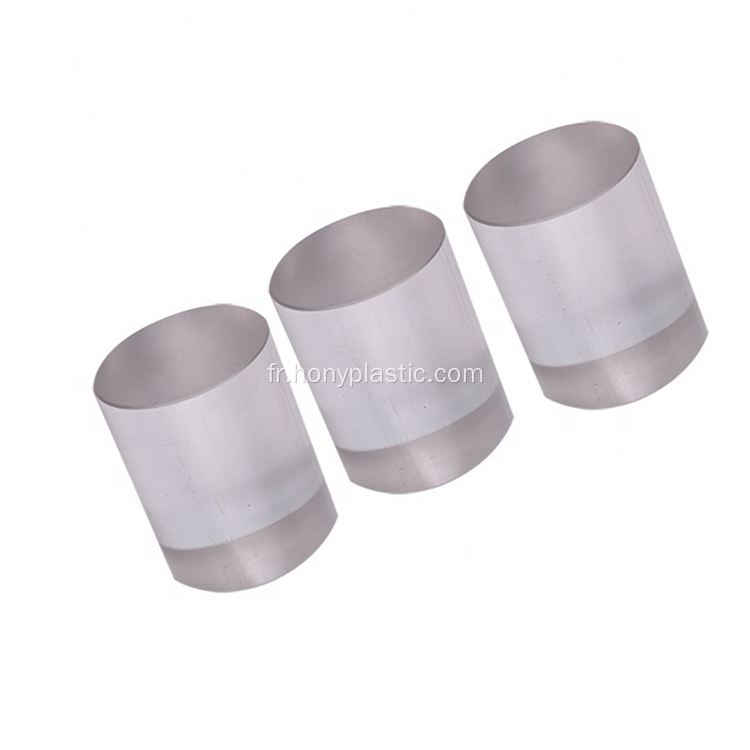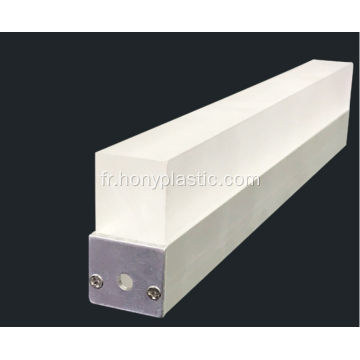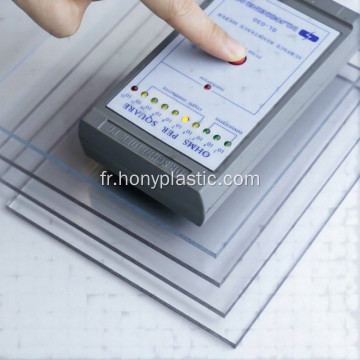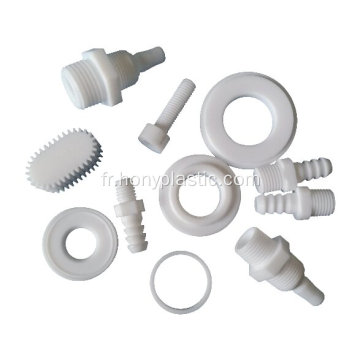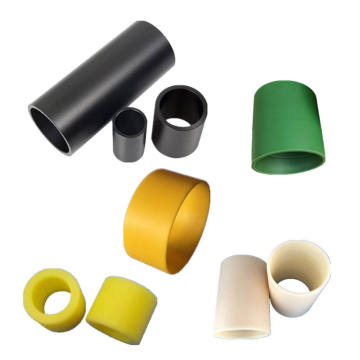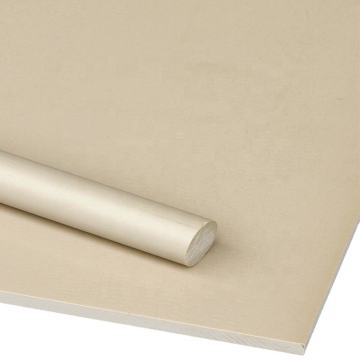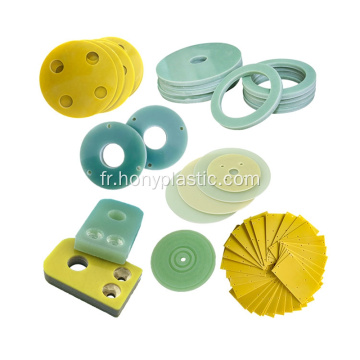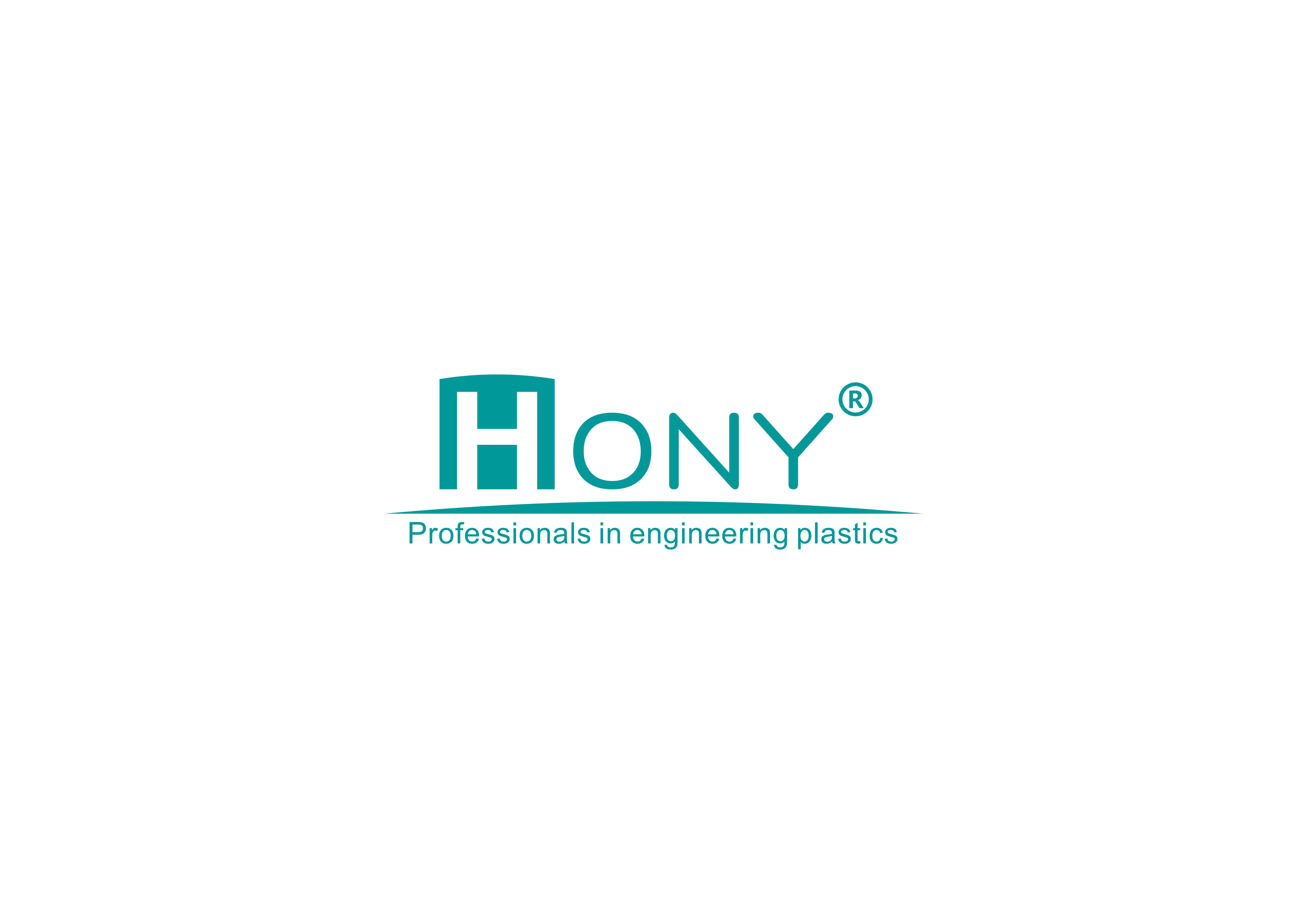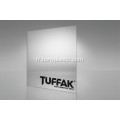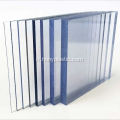Le polycarbonate Hony® PC est un polymère amorphe vitreux presque incolore avec de bonnes propriétés optiques. Tie en plastique de Polycarbonate, plastique à base de polycarbonate. Le polycarbonate est un polymère amorphe qui se transforme en verre transparent après la fusion et le refroidissement, et a d'excellentes propriétés optiques et mécaniques. Excellent Impact resistance transparent PC Rod,t ransparent Plastic Bar Polycarbonate PC Rod
Polycarbonate sheet rod Advantage
1, with high strength and elastic modulus, high impact strength, a wide range of operating temperatures;
2. High transparency and free dyeability;
3. Low molding shrinkage and good dimensional stability;
4, poor fatigue resistance;
5, good weather resistance;
6, excellent electrical characteristics;
7, tasteless and odorless, harmless to the human body in line with health and safety.
TECANAT natural Main Performance
a. mechanical properties: high strength, fatigue resistance, dimensional stability, creep is also small (very little
change under high temperature conditions);
né heat aging resistance: enhanced UL temperature index of 120 ~ 140 ° C (outdoor long-term aging is also very
bien);
c. solvent resistance: no stress cracking;
d. water stability: easy to decompose when exposed to water at high temperature (use caution in high
temperature and high humidity environment);
e. electrical performance:
1. Insulation performance: Excellent (wet, high temperature can also maintain stable electrical performance, it is
an ideal material for manufacturing electronic and electrical parts);
2. Dielectric coefficient: 3.0-3.2;
3. arc resistance: 120s;
f.molding processability: ordinary equipment injection molding or extrusion.
Due to the special structure of polycarbonate, it has become the fastest growing general engineering plastic among the five major engineering plastics. Polycarbonate (abbreviated as PC) is a high molecular polymer containing a carbonate group in the molecular chain. According to the structure of the ester group, it can be divided into various types such as aliphatic, aromatic, and aliphatic-aromatic.
Product shortcomings: intolerant to strong acid, intolerant, intolerant to alkali
Scope of application: electronics/electrical, construction, automobile industry, mechanical processing, daily necessities, etc.
Application areas: prototype models, CDs, instruments, meters, high and low voltage switch cabinet panels, aviation transparent containers, motorcycle front windshields, airplanes, trains, ships, automobiles, motorboats, submarines and glass military and police shields, telephone booths, advertising road signs, light boxes Advertising, display and exhibition layout, highway and urban elevated road noise barriers, agricultural greenhouses and breeding sheds, etc.
polycarbonate Benefits
1)High impact resistance - virtually unbreakable
2)High clarity and light transmission
3)Weather and UV resistant
4)Wide service temperature range
5)Blocks harmful UV radiation
6)Good acoustical insulation
7)Lightweight
8)Easy to handle and install
9)Versatile, formable, and machinable
PC 1000 polycarbonate rod sheet Applications
1)Architecture: Transparent acoustic barriers, Sport venues, Skylights, Shopping centers, Covered walkways
2)Construction: Sun rooms and conservatories, Pergolas and covered patios
3)Safety and Security Glazing: Safety glazing, machine guards, Bus stops and telephone booth
4)Shields for police and security forces, Glazing in public transportation, Safety windshields for cars, Eye protection visors for helmets
5)Sign & Display: Signs, public sign guards, Displays, POP stands, Illuminated signs, light fixtures
6)Fabrication: Thermoformed, vacuum formed, bent and fabricated items
|
HONY®PC Technical Data Sheet
|
|
|
|
|
Property item
|
Testing method
|
Unit
|
Testing data
|
Mechanical properties
|
|
Density
|
ASTM D792
|
g/cm3
|
1.2
|
Tensile strength at yield
|
ASTM D638
|
Mpa
|
60
|
Elongation at break
|
ASTM D638
|
%
|
11
|
Bending strength
|
ASTM 790
|
Mpa
|
100
|
Flexural modulus
|
ASTM 790
|
Mpa
|
2200
|
Shore Hardness
|
ASTM D2240
|
D
|
85
|
Impact strength
|
ASTM D256
|
J/M
|
800
|
Thermal performance
|
Melting point
|
DSC
|
℃
|
240
|
Heat distortion temperature
|
ASTM D648
|
℃
|
135
|
Long-term working temperature
|
-
|
℃
|
120
|
Short-term working temperature
|
-
|
℃
|
145
|
Thermal conductivity
|
DIN 52612-1
|
W/(K-M)
|
0.5
|
Coefficient of linear expansion
|
ASTM D696
|
10-5-1/K
|
5.6
|
Electrical properties
|
Dielectric strength
|
ASTM D150
|
KV-mm
|
27
|
Dielectric loss coefficient
|
ASTM D150
|
-
|
0.009
|
Volume resistance
|
ASTM D257
|
Ω.cm
|
10^14
|
Surface resistance
|
ASTM D257
|
Ω
|
10^16
|
Dielectric constant
|
ASTM D149
|
-
|
25.2
|
Chemical properties
|
Balanced water absorption
|
23℃ 60%RH
|
%
|
0.15
|
Acid resistance
|
23℃ 60%RH
|
|
-
|
Alkali resistance
|
|
|
+
|
Acid and alkali water resistance
|
|
|
+
|
Chloric acid and alkali resistance
|
|
|
0
|
Resistant to aromatic compounds
|
|
|
+
|
Copper resistance
|
23℃ 60%RH
|
|
+
|
Hot water resistance
|
23℃ 60%RH
|
|
+
|
Other properties
|
Combustibility
|
UL 94
|
|
V-2
|
Stickiness
|
|
|
+
|
toxic free and safe
|
EEC 90/128 FDA
|
|
+
|
Coefficient of friction
|
DIN 53375
|
|
0
|
anti-UV
|
-
|
|
-
|
Remark:
1. "+" Tolérable, "-" intolérable, "0" dépend de la situation
2. Les données ci-dessus sont obtenues à partir des données de test de matières premières, qui ne sont pas entièrement cohérentes avec les performances du produit fini, et l'unicité des données n'est pas garantie
Couleur Choisir

Main product
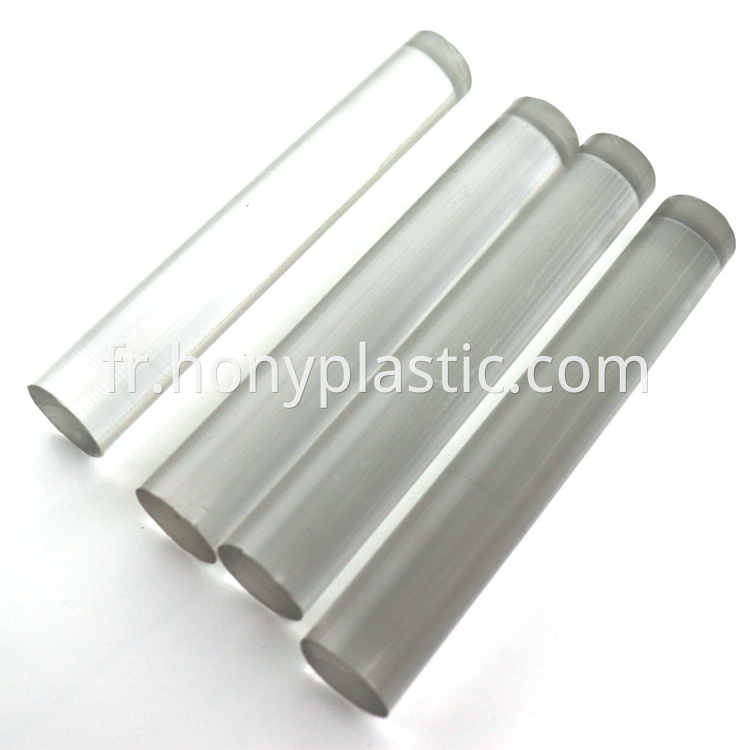
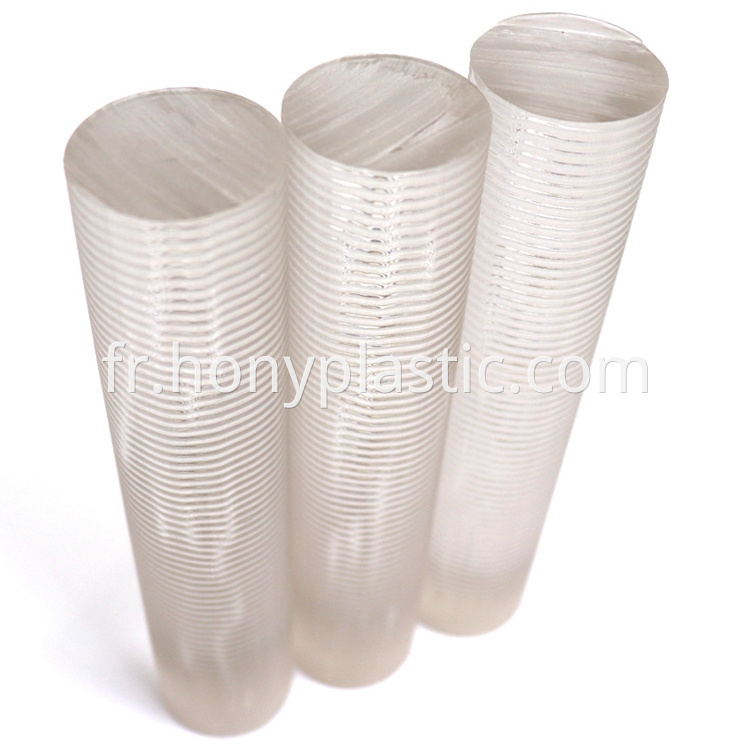
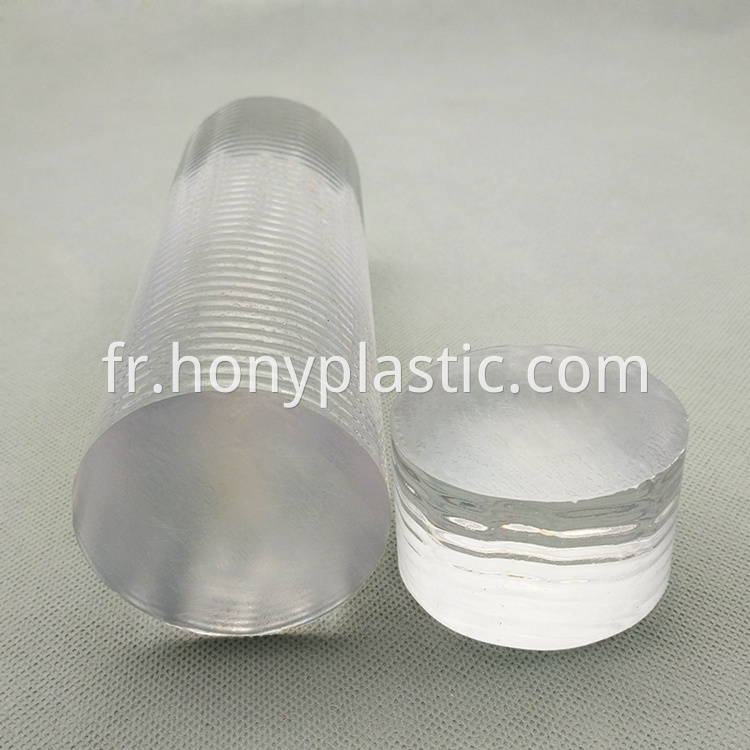
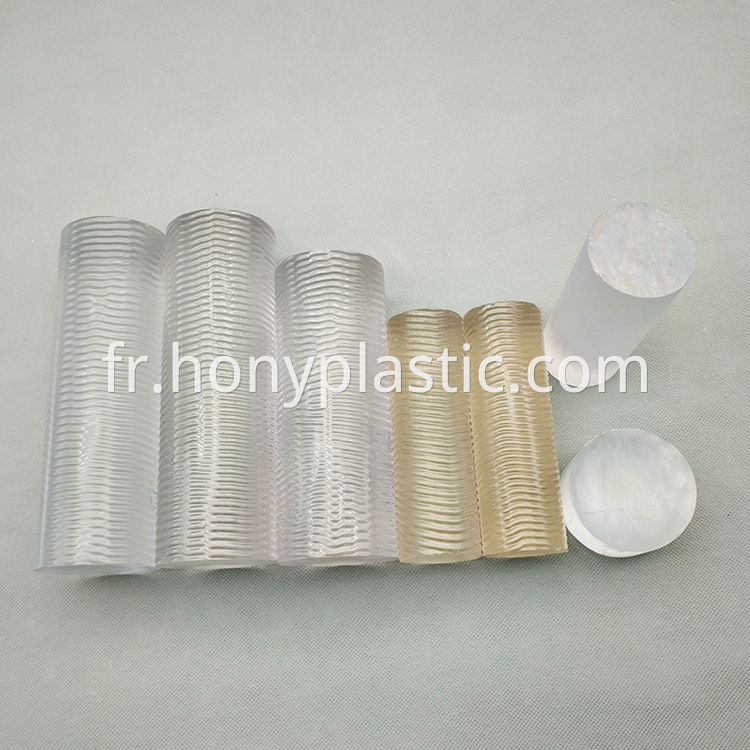
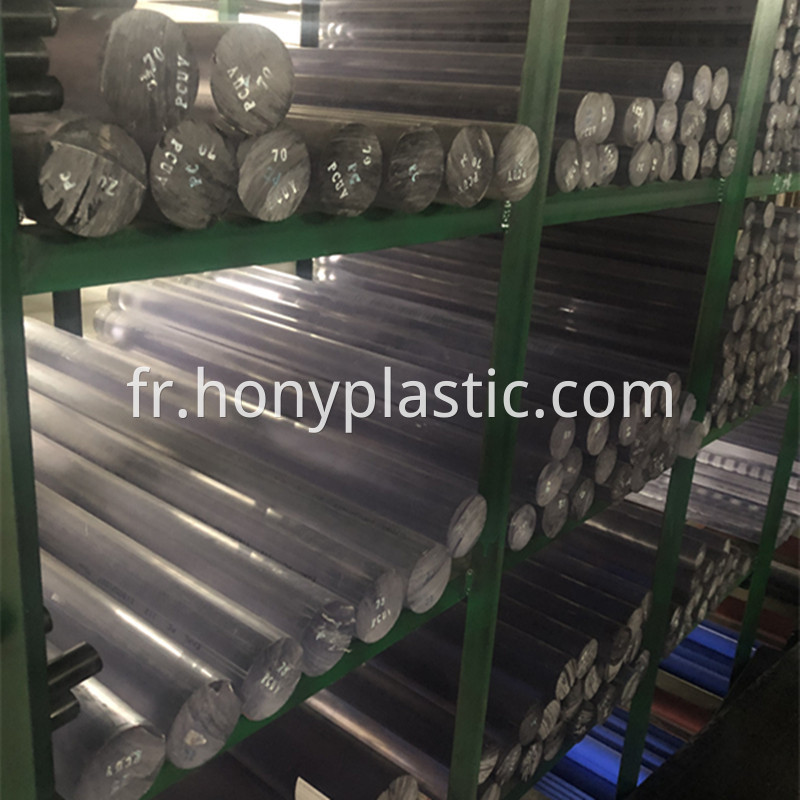
Workshop
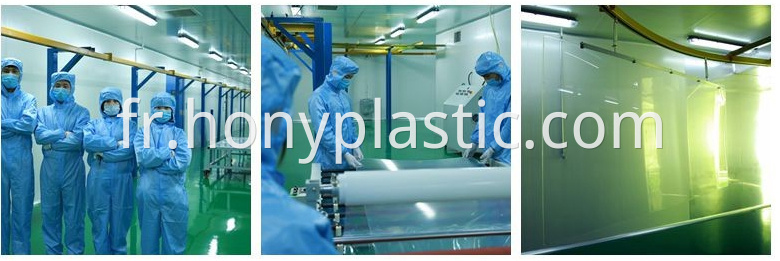
Package
